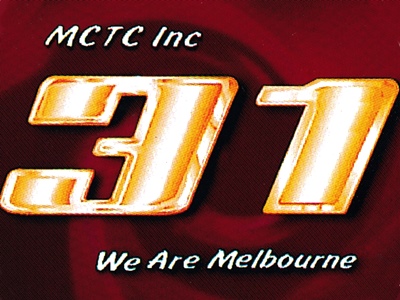
Melbourne and Geelong’s community TV station C31 today turns 30 years old.
Channel 31, as it was then, was launched by the Melbourne Community Television Consortium (MCTC) on Thursday, 6 October 1994. Formed in 1991, the MCTC was a group of eight existing community television groups, some of which had already conducted low-powered test transmissions of their own. These groups were to cover either their local geographic areas or specific demographic groups, such as the Asian, student or queer communities.
In March 1993 the consortium was allowed a Melbourne-wide temporary broadcasting licence similar to those in other capital cities.
Although MCTC had launched on 6 October the station had commenced test transmissions on 23 August from a transmitter installed on the ABC-SBS tower at Mount Dandenong. The purchase of the transmitter had been made with the assistance of sponsor Harness Racing Victoria and test transmissions soon included live coverage of the Saturday night harness racing ahead of the station’s October launch.
YouTube: Channel 31 Melbourne
The launch on 6 October saw the station extend programming to five nights a week — regular programming Monday to Thursday and the racing on Saturdays — with programming scheduled for around 4 to 5 hours a night. Of the participating members of the MCTC, student-based RMITV provided the majority of programming for the new station as it was the only consortium member to have a full working studio. This also allowed the broadcast of live-to-air productions.
Early programs on Channel 31 included RMITV’s weekly news program Newsline, current affairs programs Inside News, variety show Under Melbourne Tonight, sports show Balls ‘N All, comedy Laugh You Bastards and arts magazines The Move and Melbourne On Stage. Consortium member Bent TV, representing the queer communities, produced a gay dating show, In Your Dreams, magazine show Bent-O-Rama and movie review program In Between The Sprockets.
Eastern suburbs group ERA contributed a weekly drama series Best Years Of Our Lives and comedies The Ninth Day and Just A Bum.
Other early programs included Media Blitz, The Generic Gourmet, SKA Access News, talk shows Citizen Kain and NAT Chat, music programs Asylum, Metal Vision, Hitz FM and Rhythm Nation, lifestyle-comedy show Richmond 3121-Oh and Asian magazine program ATVAA Hour.
Programming eventually expanded to seven nights a week and from March 2001 extended to daytime with the launch of a daily eight-hour programming block — comprising both new and vintage programming aimed at the over-55 age group — called Renaissance TV. The programming block, provided by a chain of retirement homes and featuring presenters Tony Barber, Sue McIntosh, Denis Walter, Paul Cronin and ‘Doctor Feelgood’ Sally Cockburn, was short-lived upon scrutiny around a pseudo-commercial enterprise being run on a community television licence.
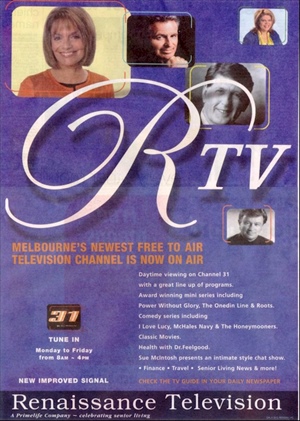
C31, as it later became, extended to 24 hour transmission in 2004.
C31 has given exposure and experience to talent, both in front and behind the cameras, that have gone on to careers in mainstream media. Rove McManus has been the station’s most celebrated graduate but others have included Hamish Blake and Andy Lee, Corinne Grant, Dave Thornton, Tommy Little, Nazeem Hussain, Gorgi Coghlan and Waleed Aly. The station has also led initiatives such as the Antenna Awards, celebrating and recognising the contribution made by community TV programs and producers.
The Marngrook Footy Show was later picked up by ABC2 and NITV. Movie-themed comedy show The Bazura Project was also picked up by ABC2. Gardening show Vasili’s Garden produced a series for SBS, while Blokesworld was picked up by Network Ten.
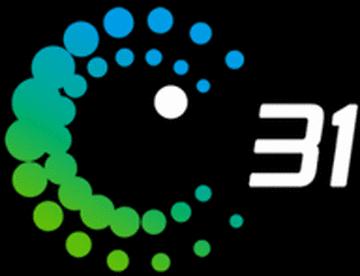
The station was allocated a permanent broadcasting licence in 2004 but like other community broadcasters had not been allowed to broadcast in digital, while commercial and national broadcasters were given free access to digital spectrum to allow simulcast with their analogue broadcasts.
After a lengthy campaign by the community TV sector, the then Labor Government finally gave the sector access to digital broadcasting in 2009, but only on a five-year basis, utilising unused broadcasting spectrum. This temporary access to digital broadcasting was later extended by the Coalition Government, but only until the end of 2015. The Minister (at the time, Malcolm Turnbull) felt that despite C31 alone producing 90 unique programs each week, community TV has nothing to contribute to media diversity, education, talent or employment, and decided on everyone’s behalf that it is best for all concerned that community TV relinquish the “television” model and embrace an audience-restrictive online-only presence, even though at the time even the major networks had not made significant moves in that direction.
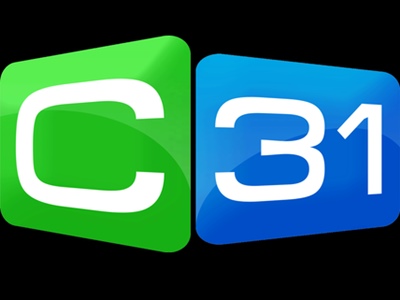
C31 had been living an uncertain future, as extensions to the cut-off date were granted in November 2015, December 2016, June 2017, June 2018, June 2020 and a three-year extension in June 2021. In the meantime, C31 established an online presence and streaming portal CTV Plus in partnership with its Adelaide equivalent station, Channel 44. Last year, C31 and Channel 44 were given an extension to their broadcast licences under a Bill introduced to Parliament by the Albanese Labor Government. However, the change comes with the caveat that the extension is granted only until any alternative use for the broadcast channels they occupy is identified
YouTube: Channel 31 Melbourne
[This is a revision of the post “Melbourne’s C31 turns 20“, published in 2014]
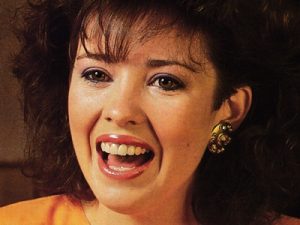
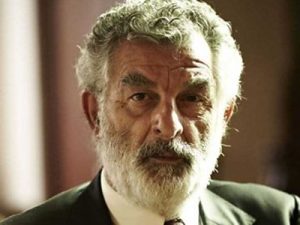

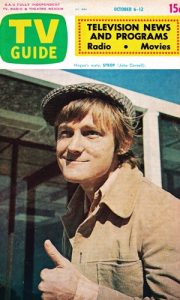
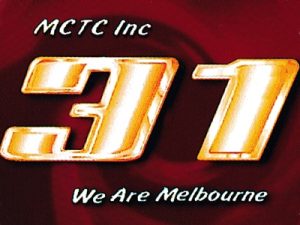
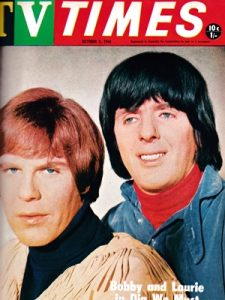
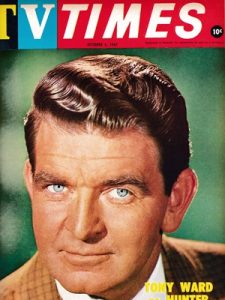
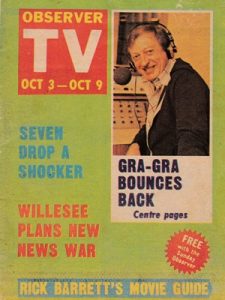
I don’t now, but I used to watch quite a few Channel 31 programmes. Long may it survive.